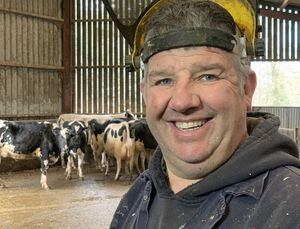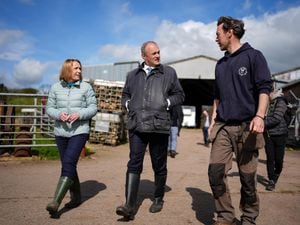Shropshire Farming Talk: Innovation and technology to enhance productivity
Whether you are a dairy, beef, sheep, arable, egg or a mixed farming enterprise, the story is the same – produce more for less cost.

Over the past two decades, the UK dairy industry has experienced significant structural change that has been accompanied by increases in the adoption of productivity-influencing technologies, management practices, and production systems and that now applies to me too as a foot trimmer.
Lameness in cattle is not only a welfare issue but also one of economics. It is a fluctuating disease, but if you average it out, milk losses associated with lameness are somewhere between 200-800 litres per lactation.
Most of the research by Jon Huxley, Professor of Cattle Health and Production at the University of Nottingham, would suggest the fertility implications are about a 25-30 day extension to the calving interval, varying between a few days to weeks.
Lameness is probably the third biggest health related economic loss facing the dairy industry and comes in just behind fertility and mastitis.
So, with this in mind, investing in professional foot trimming makes economic sense. To me as a foot trimmer, I am now investing in technology to improve the accuracy and effectiveness of the treatment I deliver and the reports I pass on. Records of both mobility scoring and cattle foot trimming sessions are kept on a specially developed software system. This allows me to analyse and feedback patterns of disease and track progress.
Mobility scoring is a hugely valuable tool for the early detection of lameness and is often carried out as an integral part of lameness control on many farms. This service is also available for auditing purposes which may be required by milk buyers or for the farm for bench marking purposes.
In the short run, these improvements will boost farmers’ profits, by cutting costs and increasing yields, and should also benefit consumers (meaning everyone who eats food) in the form of lower prices. In the longer run, though, they may help provide the answer to an increasingly urgent question: how can the world be fed in future without putting irreparable strain on the Earth’s soils and oceans?
Between now and 2050 the planet’s population is likely to rise to 9.7 billion, from almost 8 billion now. Those people will not only need to eat, they will want to eat better than people do now.
by Nick Challenor is the owner of ND Challenor Professional Livestock Services.





